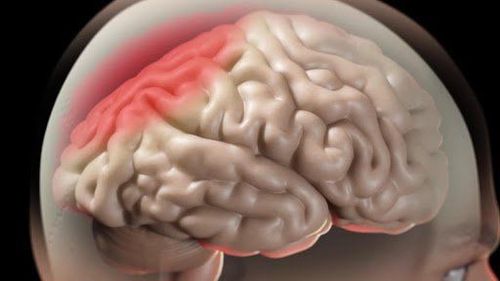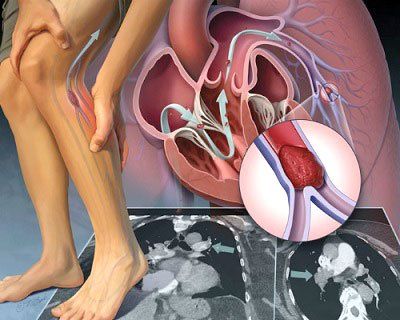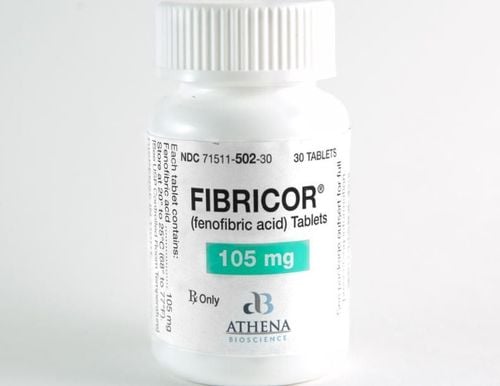This is an automatically translated article.
The article was professionally consulted by Specialist Doctor I Nguyen Xuan Tinh - Anesthesiologist - Resuscitation - Department of General Surgery - Vinmec Phu Quoc International General Hospital. Doctor Nguyen Xuan Tinh has more than 18 years of experience studying and working in the field of Anesthesia - Resuscitation.Carotid endarterectomy plays a role in preventing the risk of stroke. Many studies have confirmed that this is an extremely effective method of prevention for those who have a carotid artery blockage of 70% or more. In particular, anesthesia during carotid endarterectomy is a very important operation that cannot be subjective.
1. What is the main function of the carotid artery?
The carotid arteries are responsible for supplying blood to the brain. The carotid artery is located just above the sides of the neck, extends from the aorta in the thoracic cavity to the base of the skull, and supplies oxygen-rich blood to the brain. Over time, cholesterol and fats will accumulate and form atherosclerotic plaques leading to occlusion of the internal carotid arteries, which is a very common atherosclerotic process. The blockage of the internal carotid artery is extremely dangerous, not only reducing the blood supply to the brain, but also can lead to stroke, threatening the patient's life.Atherosclerotic plaques not only affect the steady flow of blood, but can also form blood clots. These clots can form at sites of narrowing and deprive the blood of all the smaller carotid arteries it normally supplies.
If these clots travel and get stuck in smaller blood vessels, it is called an embolism. Just a blood clot or plaque that blocks blood flow to the brain can cause an ischemic stroke, causing brain damage and even death.
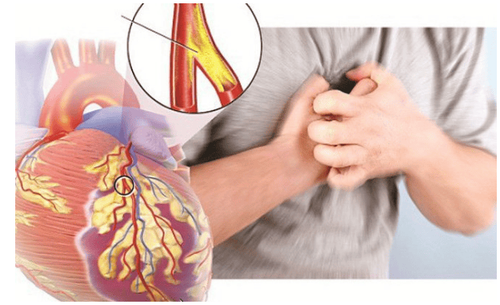
2. Anesthesia for carotid endarterectomy
Carotid endarterectomy is a very complicated surgery, in this process it is necessary to carry out carotid artery clamping. And this can lead to cerebral ischemia, so specialists need to perform shunts through narrow passages before clamping to avoid dangerous complications.Many opinions have shown that we should perform surgery with regional anesthesia (ie deep neck plexus anesthesia) to detect ischemic conditions, because at this time the patient is still awake, so he can provide Inform your doctor about early symptoms. However, in general, anesthesia in carotid endarterectomy is still preferred over all other methods because it can better control the patient's airway as well as hemodynamics during the entire procedure. surgery.
Anesthesia in carotid endarterectomy is indicated in cases where carotid endarterectomy is necessary to treat stenosis, when the patient presents with symptoms of stenosis or the degree of stenosis is assessed. relatively expensive.
However, this method of anesthesia is contraindicated in the following cases:
The patient disagrees. Medical facilities do not have enough anesthesia and resuscitation facilities. The doctor is not proficient in technical manipulations.
3. Anesthesia procedure for carotid endarterectomy
Before performing surgical anesthesia, the technician is responsible for checking the patient's profile and health status, then performing the following manipulations for anesthesia:Position: the patient is asked to lie down. supine, and give 100% oxygen at a flow rate of 3-6 l/min at least 5 minutes before induction of anesthesia. Next, install the monitor and establish effective transmission lines. Use pre-anesthesia if necessary. Induction: Sleeping pills: include intravenous anesthetics (eg etomidate, thiopental,...) and volatile anesthetics (eg sevoflurane). Painkillers: morphine, fentanyl, sufentanil,... More muscle relaxants can be used in necessary cases (succinylcholine, rocuronium, vecuronium,...). Conditions for conducting endotracheal intubation for the patient is that the patient has slept deeply and has good muscle relaxation (in most cases). An endotracheal tube can be placed into the patient's body through two routes: nasal and oral. Maintenance of anesthesia: Maintain anesthesia with volatile anesthetics or intravenous anesthetics, in combination with analgesia or muscle relaxants if necessary. Control the patient's breathing by machine or hand squeeze. Deep monitoring of anesthesia based on blood pressure, heart rate, sweating,... Monitor vital signs: blood pressure, heart rate, SpO2, CtCO2 and body temperature. Prevent the case of the endotracheal tube being placed in the wrong position, or folded, blocked. Note: Criteria for extubation:
The patient is fully conscious and can follow the specified requirements. Raise head for more than 5 seconds or TOF > 0.9. The patient is able to breathe on his own with the respiratory rate within the normal range. Pulse and blood pressure were both stable. Body temperature above 35oC. There were no complications caused by anesthesia and surgery. Carotid endarterectomy is a difficult surgery and requires highly skilled doctors, medical facilities, and necessary anesthesia and emergency equipment. Therefore, you should choose reputable hospitals to use the best examination and treatment services, prevent dangerous complications and protect your own health.
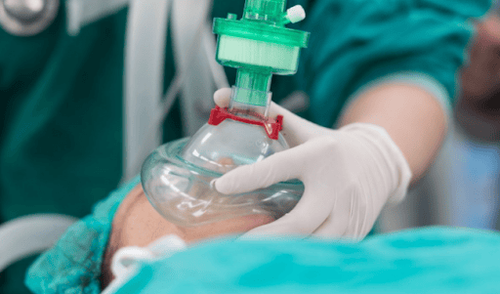
Please dial HOTLINE for more information or register for an appointment HERE. Download MyVinmec app to make appointments faster and to manage your bookings easily.





